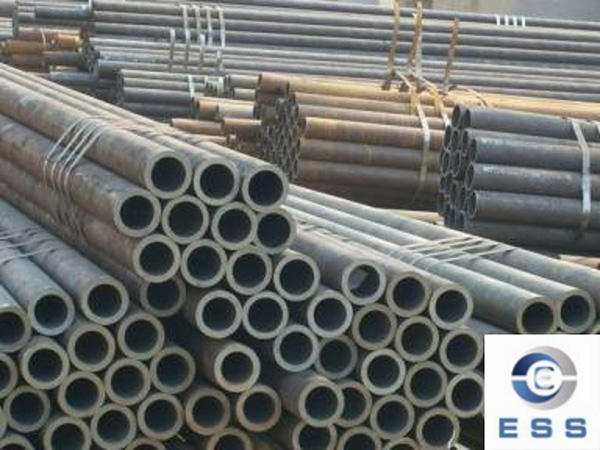How to prevent seamless steel pipes from cracking?
The main reason for cracks in seamless steel pipes is the presence of pores/cracks and other defects on the inner and outer surfaces. The reasons for these defects are as follows.
1. Raw materials
In order to save costs, some seamless steel pipe manufacturers will use round steel produced by small steel mills for processing. However, these round steel will contain a large number of impurities, bubbles and other problems, resulting in interlayers, pores and other problems inside the seamless steel pipe. Seamless steel pipes will suffer from cracking problems after post-processing.

2. The heat treatment temperature is not properly controlled.
Some manufacturers do not have rich production experience. Only relying on the experience of workshop workers to judge the heating temperature and duration cannot guarantee whether the heat treatment of seamless steel pipes is in place. However, heat treatment will change the mechanical properties of seamless steel pipes, and ordinary manufacturers cannot judge whether seamless steel pipes meet the performance indicators required by customers.
3. Straightening
During the straightening process, if the straightening force is too large, it will also cause internal damage and cracks in the steel pipe.
4. pull
If the drawing deformation is too large, cracks will also form in the steel pipe, causing cracks in the steel pipe during later processing.
solution
Rolled seamless steel pipes should focus on operating in strict accordance with construction specifications and technical requirements related to indirect technology, rather than processing and repairing cracks after they occur. For metals of special materials and new steel types, tests should be carried out before rolling to find defects. More practical probe technology is reviewed to ensure welding quality. If cracks occur, the following methods can be used to deal with them:
1) Check all cracks through non-destructive testing to determine the correct location.
2) The welder performing the repair should hold the corresponding project certificate, and the repair must be qualified the first time.
3) The welding environment must meet the welding requirements during repair, such as temperature, water, wind speed, etc.
4) Welding defects can be removed by mechanical methods such as portable grinders, and fire cutting cannot be used.
5) Select filling materials that meet technical specifications, i.e. welding rods, and use them after drying according to regulations.
6) The welding methods and welding parameters used during repair must comply with relevant welding specifications.
7) After repair, the welder must number next to the repair location and sign the welding repair record.
8) Conduct 100% X-ray damage inspection on the repaired welds and archive the results.













 Eastern Steel Manufacturing Co.,Ltd not only improve product production and sales services, but also provide additional value-added services. As long as you need, we can complete your specific needs together.
Eastern Steel Manufacturing Co.,Ltd not only improve product production and sales services, but also provide additional value-added services. As long as you need, we can complete your specific needs together.










